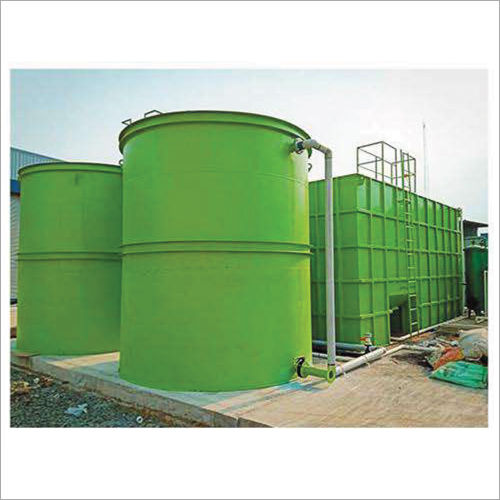
Sewage Treatment Plant
Product Details:
- Application Industrial
- Product Type Sewage Treatment Plants
- Technology Mixed Bed Bio Reactor(MBBR)
- Power Source Electric
- Operation Type Automatic
- Click to View more
X
Sewage Treatment Plant Price And Quantity
- 1 Unit
Sewage Treatment Plant Product Specifications
- Automatic
- Mixed Bed Bio Reactor(MBBR)
- Electric
- Industrial
- Sewage Treatment Plants
Sewage Treatment Plant Trade Information
- Cash in Advance (CID)
- 20 Unit Per Month
- 10-20 Days
- All India
Product Description
An establishment created to treat and process sewage or wastewater produced by residential, commercial, and industrial sources is referred to as a sewage treatment plant (STP), also known as a wastewater treatment plant. A sewage treatment plant's main objective is to clean the wastewater of impurities and pollutants so that it can be safely released back into the environment or used for other purposes.
The following are the main elements that are frequently seen in a sewage treatment plant:
1. Large materials, including sticks, rags, and plastics, are removed by screens or bar racks in the intake or screening chamber, which is where sewage enters the treatment facility.
2. Grit Removal: Heavy solids like sand, gravel, and other coarse particles that can harm downstream equipment are settled and removed using grit chambers.
3. The wastewater next enters primary settling tanks, sometimes referred to as sedimentation tanks or clarifiers. While some of the wastewater flows out for additional treatment, suspended particles, and organic debris settle to the tank bottom as sludge.
4. Biological Treatment: Organic debris in the wastewater is broken down by microorganisms during the biological treatment process. Activated sludge procedures, sequencing batch reactors (SBRs), or other biological treatment techniques are frequently used to accomplish this.
5. After biological treatment, wastewater and activated sludge are sent to secondary settling tanks for further settling. As the water is purified, it is referred to as effluent and flows outside for additional cleaning or treatment while the leftover solids settle as sludge.
6. Disinfection: The effluent may be disinfected using techniques including chlorination, ultraviolet (UV) disinfection, or ozonation to eliminate or inactivate dangerous bacteria, viruses, and pathogens.
7. Sludge Treatment: To lessen its volume and stabilize it, additional treatment is applied to the sludge gathered from settling tanks. This can include procedures including dewatering, drying, and anaerobic and aerobic digestion.
8. Effluent Discharge/Reuse: Depending on local laws and requirements, wastewater can be safely discharged into a water body after it has undergone the necessary treatment and meets regulatory standards, or it can be reused for non-potable uses like irrigation, industrial processes, or groundwater recharge.
9. Monitoring and Control: To keep track of process parameters, guarantee effective operation, and uphold adherence to environmental rules, sewage treatment plants often have monitoring and control systems.
Depending on elements including the facility's size, particular treatment objectives, local laws, and accessible technologies, each sewage treatment plant may have different designs and procedures. The goal is always to treat and manage sewage or wastewater in a way that is environmentally responsible and safeguards both the environment and the public's health.
FAQ
1. Describe a wastewater treatment facility?
Ans - In addition to producing treated wastewater (also known as effluent) and biosolids (the organic matter that results from the treated sewage), a sewage treatment plant also eliminates pollutants from wastewater or sewage.
2. How does a sewage treatment facility operate?
Ans - In order to remove impurities and provide treated wastewater that is appropriate for discharge into the environment or to be recycled for other uses, sewage treatment plants often employ a number of physical, chemical, and biological processes.
3. Describe biosolids?
Ans - When wastewater is treated, nutrient-rich organic debris called biosolids is created. They can be incorporated into the soil to boost its fertility.
4. What advantages can sewage treatment facilities offer?
Ans - Before wastewater is released into the environment, a sewage treatment facility aids in the removal of pollutants and toxins. This lowers the possibility of water contamination and might even lower the possibility of health risks or water-related illnesses.
5. What kind of upkeep is necessary for a wastewater treatment facility?
Ans - A sewage treatment facility needs regular maintenance to ensure optimal functioning. This includes changing out the components, inspecting and cleaning the pipes and machinery, and checking for any obvious leaks of water or wastewater. Regular testing and monitoring of the plant are also necessary.
Enter Buying Requirement Details

